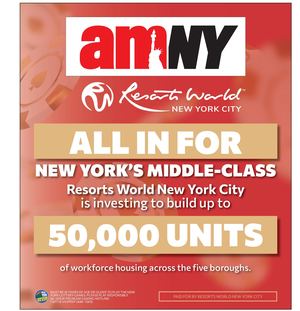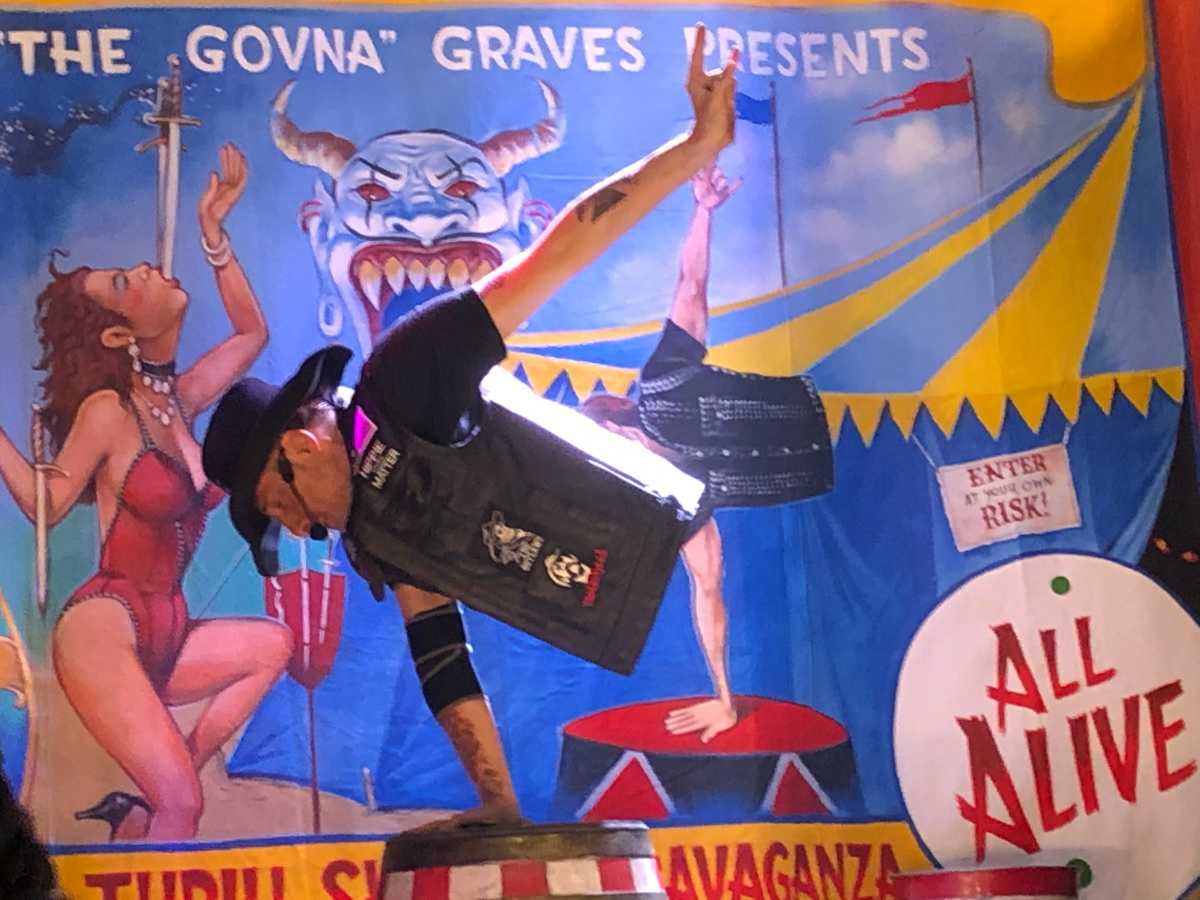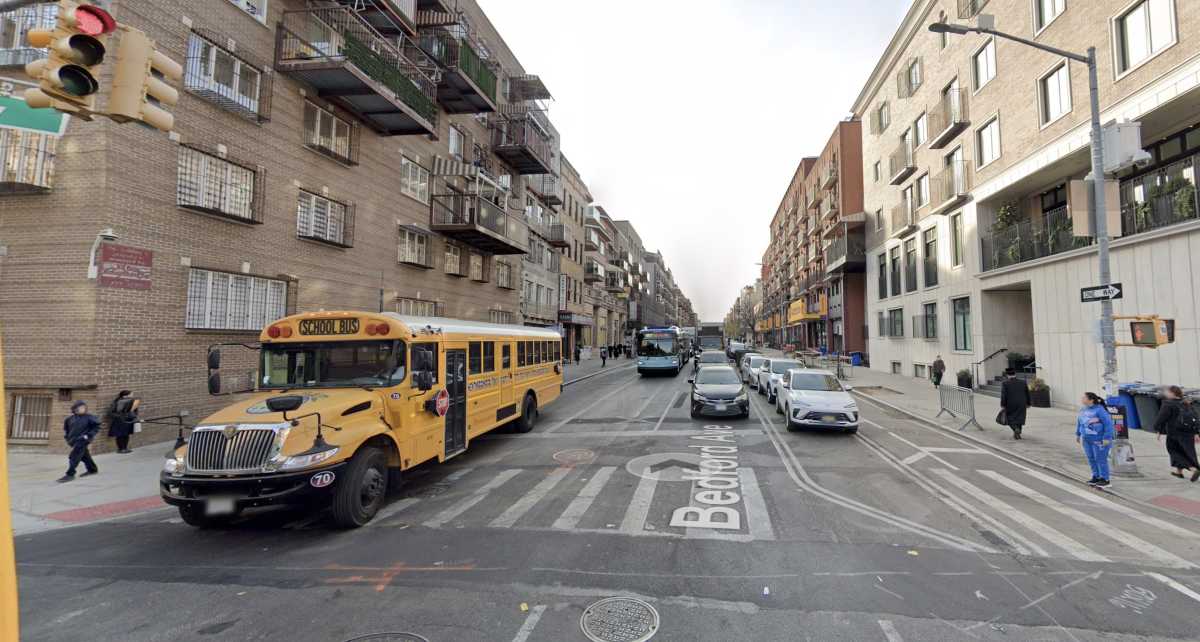
Months into the city’s campaign to help fashion firms remain in the Garment District, industry leaders say there is still a risk they will no longer be stitched into the fabric of the business district.
A trade coalition said it sees promise in the city’s decision to offer a tax benefit to landlords of garment companies and to reserve a building full of affordable workspace for such firms. But the group, called Save the Garment Center, said the city must accelerate these initiatives before garment companies are priced out by traditional office tenants and hotels.
“The Garment Center business ecosystem companies, [which] make New York City the commercial capital of a $4.5 trillion industry, are in limbo with month-to-month leases,” said Charles Beckwith, a spokesman for Save the Garment Center.
About four months ago, the city unveiled a tax benefit program available to landlords who agree to rent space to fashion manufacturing firms for no more than $35 a square foot for a minimum of 15 years. So far, three buildings have been approved for the program and other applications are being reviewed, according to the city’s Economic Development Corporation.
And last week, the EDC formally requested ideas from nongovernmental partners interested in acquiring and providing at least 100,000 square-feet of modern industrial space in the Garment District, which would be reserved for fashion manufacturers. The city would provide up to $20 million for this project, which would follow the same leasing parameters as the tax benefit program.
But Beckwith questioned whether the city was moving fast enough to prevent the Garment District, which stretches between 34th and 42nd streets in west Manhattan, from hemorrhaging clothing and accessories companies. He said Save the Garment Center was not sure when the authorized tax benefits would kick in. The group, which plans to apply to launch the affordable manufacturing hub, was dismayed to see the city would not finish considering such building acquisition proposals until November 2019.
Meanwhile, the city is advancing a plan to remove protections in the area’s zoning code that protect manufacturing space, which could hasten the pace at which developers begin catering to more lucrative tenants, such as offices and hotels. Beckwith said this would only make it harder to find space for an affordable fashion manufacturing hub.
“We know that the city is under immense pressure from real estate and hotel industry lobbying groups to make more space available,” he said of groups looking to loosen manufacturing protections.
For many landlords, converting all of their manufacturing space into offices would be prohibitively expensive, according to Eric Gural, the co-CEO of GFP Real Estate, which owns five buildings in the Garment District. He said many owners would instead look to convert a portion of their factory space into offices.
Gural said the tax benefits seem helpful now, but may not be the safest bet for landlords in the long-run.
“It may not make up the whole distance and doesn’t stop the city from raising the taxes,” he said.
City officials remain optimistic about the plan. Manhattan Borough President Gale Brewer said she was confident the $35 per square-foot rent cap would be a lifeline for fashion entrepreneurs, since the average fashion manufacturing space rate in the district is about $50 per square-foot.
“I’ve spoken to a lot of people and they said if the rents were lower they’d come back to the Garment District,” Brewer said.
She said a centralized garment center hub would be welcome by companies that have been searching for modern facilities that would allow them to share a roof with companies specializing in different aspects of clothing production.
The EDC said it was confident its efforts would secure a home for the industry in the Garment District, which has lost 85 percent of related manufacturing jobs since 1987.



































